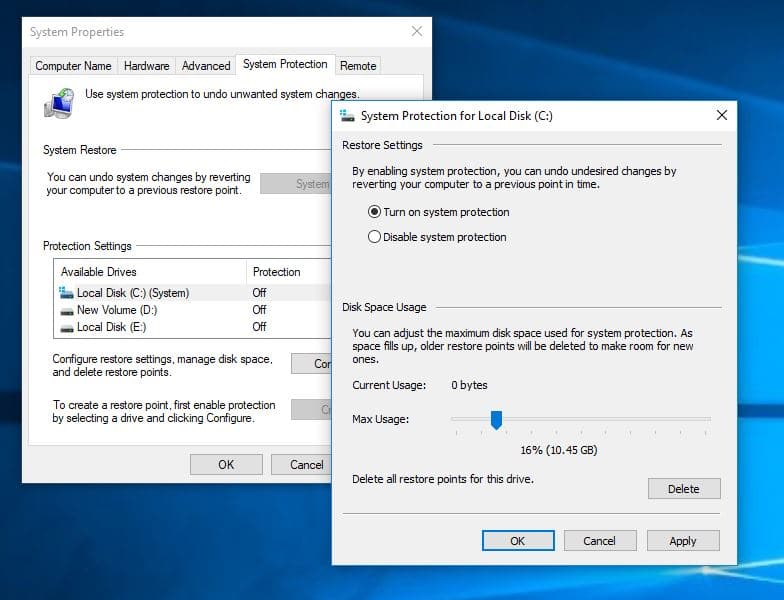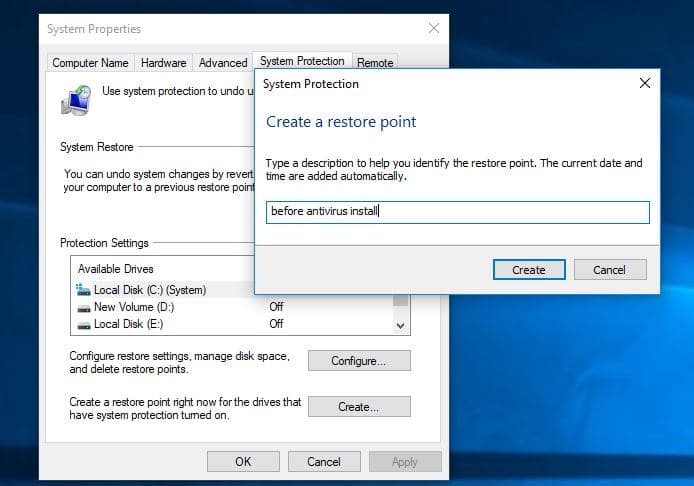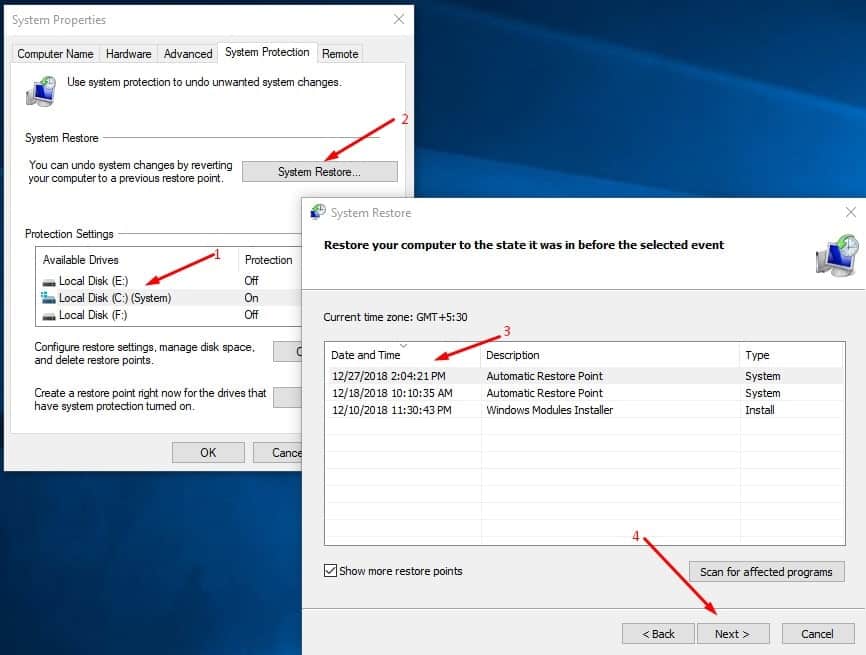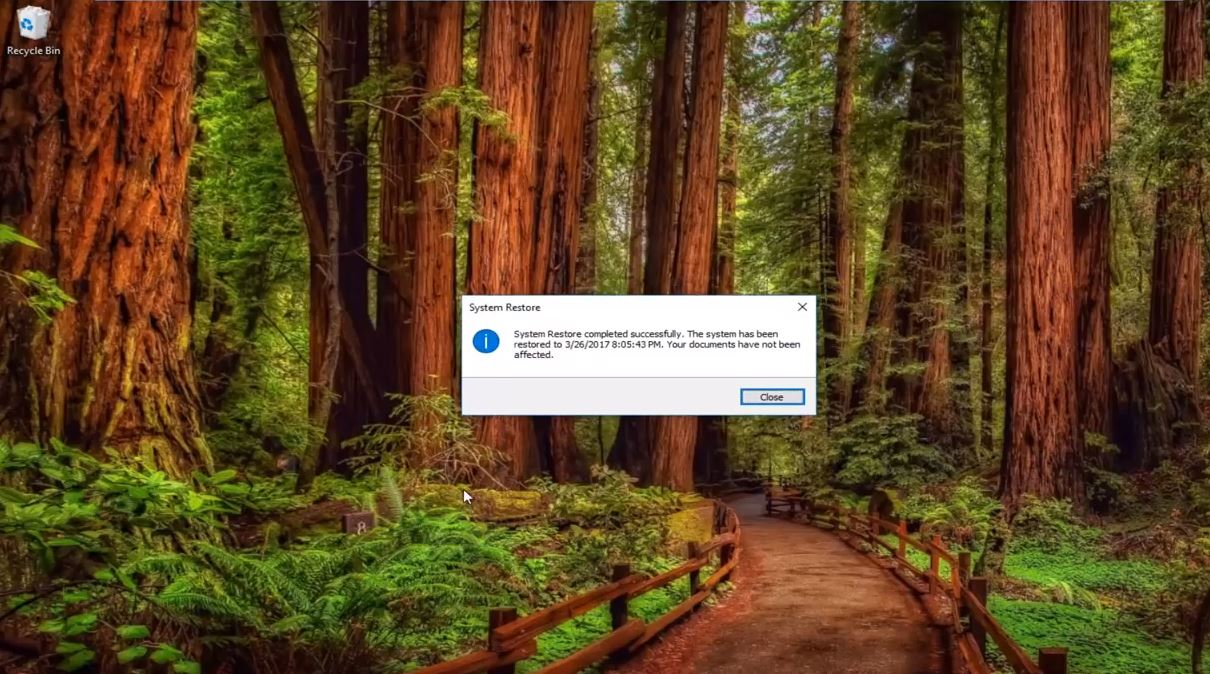How To Create a system restore point in windows 10

On Windows Computer System restore feature is like a backup, that creates snapshots of certain files and information before critical operations such as updates or software installations take place. And allow users to revert their computer’s state (including system files, installed applications, Windows Registry, and system settings) to that of a previous point in time, which can be used to recover from system malfunctions or other problems. You can say system restore is a Great First Step Solution to fix major windows problems without effect files and folders.
How To Enable System Restore point
Usually, System restore feature is turned off by default, and we need to manually enable it. Once you enable and configure the system restore feature correctly windows Automatically creates restore points when you install a new app, device driver or Windows update. That you can use the latest to fix problems by performing the system restore. Let’s see how it works.
- On the Start menu, search Type create a system restore point and select it
- New system properties window opens, Here Select the Windows installed Drive ( usually its C: Drive ) and click Configure.
- Select the Turn on system protection option, and then allocate space that can be taken up by these restore points.

4. Here under Disk space usage, you can adjust the maximum storage space dedicated to storing restore points
By default, Windows only uses a small percentage of the total available storage of a particular drive, and as the reserved space fills up, older restore points will get deleted to make room for future ones. you can manually allow the disk space usage.
5. Typically, 500 MB is enough for storing system restore points, you can set the space by dragging the Max Usage slider. Click Apply and close the window.
Manually Create System restore point
- Return to the System Properties window, and click the Create button at the bottom
- Type a description to help you identify the restore point (e.g. System Restore Point before installing antivirus).
- Then click the Create button to create a system restore point for the selected disk.
- Creating a restore point takes only a few minutes to finish.

Perform System Restore
Now whenever you encounter an issue, Perform a system restore to revert back changes to a previous working state. Here is how to perform the system restore.
Note: To perform the system restore you must have enabled the system restore point before.
- To restore your system to a restore point, you need to open this same System Settings window.
- Select the Drive ( usually the C drive) you want to restore, and click the System Restore button.
- A new restore window opens, Click next to see a list of the restore points that have been created.
- Each restore point is time stamped and all you need to do is select which one you want to restore to.
- If you select a restore point, you can click the “Scan for affected programs” to view the applications installed. Since the last restore point, which will be deleted during the restore process. Then click Cancel to go back to the wizard.
- Click next and follow the on-screen instructions to restore your system.

During the restore process, you will notice, please wait while your windows files and settings are being restored. System Restore initializing, finishing etc. This will take some time to complete the process.
And after your system restore is completed, you will get a popup message, “window System Restore completed successfully”.

Once the process complete, you will back to that point in time your system was working correctly.
Delete Restore Point
If you want to delete all restore points that you’ve created, click the Configure button on the System properties window, and click the Delete button at the bottom to delete all restore points.
That’s all about Windows System restore feature If you face any problem while performing the system restore check How to fix System Restore did not complete successfully on Windows 10.
